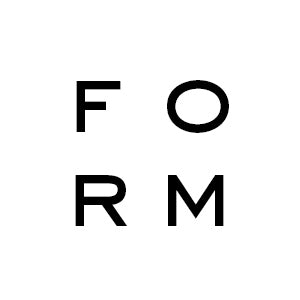Collin Velkoff

Collin Townsend Velkoff is a multidisciplinary artist and designer from the United States whose work is heavily influenced by material experimentation and takes cues from science fiction, archeology, and architecture. His diverse practice explores the combination of industrial methodologies and materials with organic form languages. Velkoff’s practice investigates the fluidity and malleability of function as he attempts to generate narratives through the creation of unique objects. He exhibited two pieces from his ‘Foreign Bodies’ series at the Ordinary Miracles exhibition at Dutch Design Week 2022 — here Collin discusses more about the series and the inspiration behind it.
What is the main inspiration behind your ‘Foreign Bodies’ series?
Space Exploration has always been an intrigue of mine. With this project, I began by exploring how the colonization of our solar system might influence our symbiosis with materials. As humans, we are nothing without the materials we exploit. By entering the vastness of space, our dependence on materials will expound. I am interested in representing how this relationship could develop over time. I have chosen to communicate this change by breaking the series into phases. With each release of a new series, I hope to demonstrate an evolution in this symbiotic relationship.
What were you looking to explore in these two pieces as part of the series?
I am attempting to represent the arrival and beginnings of a new material relationship. The steel acts as scaffolding, the stone as a celestial body at the beginning of the extraction process. To highlight this, the stone has some manufactured surfaces that contrast with its natural organic and highly textured surface.
How does this collection develop from the first phase of ‘Foreign bodies?’
In this phase of the project, we are at the arrival stage. I tried to imagine myself on a ship traveling in the void of space. I would feel vulnerable, exposed in that dark and empty space. The arrival at a foreign body would only bring a sense of security, of familiarity. I imagine this would create reverence for the object and, consequently, the material extracted and shaped from it. In this phase of Foreign Bodies, the goal was to capture the concept of this arrival and how, over time, our presence on this foreign object would become more pronounced.
The two pieces resemble the functional objects of a lamp and chair - do you see them this way? And if not, how would you describe them?
I do see them this way and I see it as serving a purpose for the overall narrative of the project. As a way to communicate our fundamental needs for comfort and familiarity in a foreign place.
How did you go about choosing each of the materials used in both pieces?
I spent time researching various types of celestial objects. The images are often black and white. The asteroids are usually tones of white and gray and are surrounded by a dense blackness, giving them an appearance of weightlessness. They have a misshaped and highly textured quality to them. When selecting the material, I tried to find stones that evoked this same materiality. I then gave the stones manufactured surfaces to represent the beginning of material extraction. Steel, a highly anthropomorphic material, does a great job of representing human presence and implantation on these foreign objects.
How did you approach the making process?
Usually, I approach materials with an idea but allow the materials to help guide the way during the process. It is a lot of back and forth between research, sketching, and working with actual materials. I need to see the objects in real space and play with the forms and proportions until I am satisfied with what I am trying to communicate.
- Tags: Artist feature



